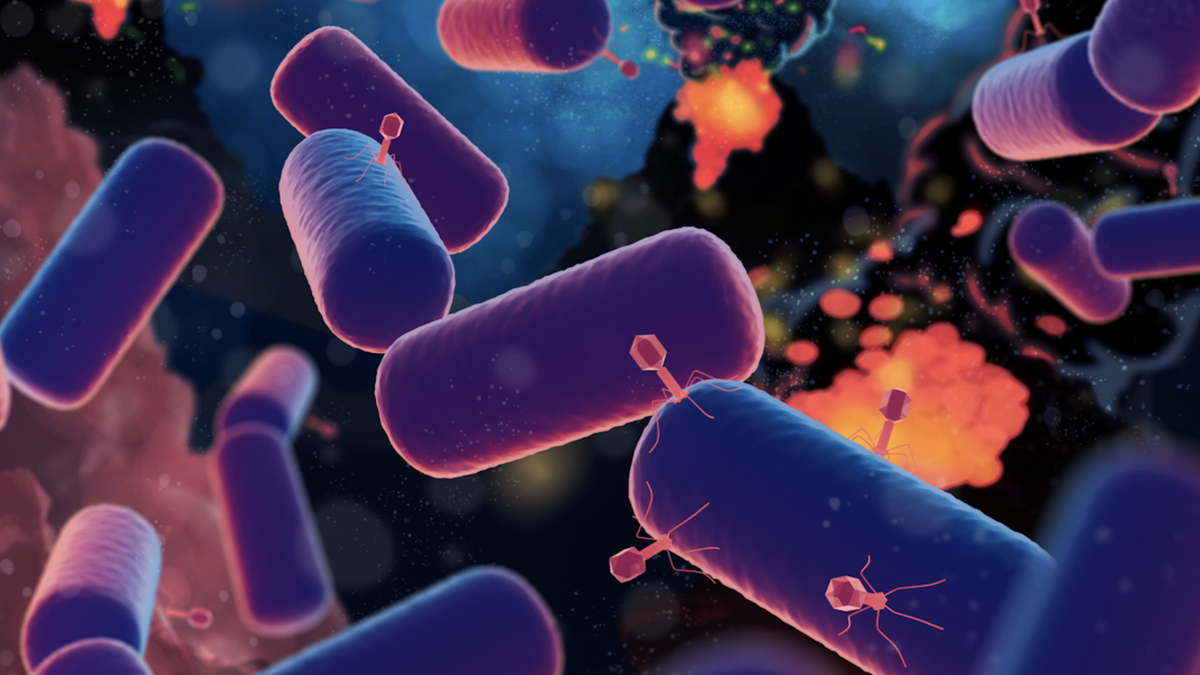Everything alive today descends from a cell that lived 4.2 billion years ago, just a few hundred million years after Earth formed, new research suggests.
That last universal common ancestor, which biologists affectionately nicknamed LUCA, wasn’t so different from fairly complex bacteria alive today — and it lived in an ecosystem teeming with other species of life and viruses.
“What is really interesting is that it’s clear it possessed an early immune system, showing that even by 4.2 billion years ago, our ancestor was engaging in an arms race with viruses,” Davide Pisani
All cellular life on Earth shares certain key features: It uses the same protein building blocks, everything uses the same energy currency to power its cells (ATP ), and all cells use DNA to store information. These commonalities are unlikely to be a coincidence; they all point to the life we know today coming from a single origin.
Related: What is the tree of life?
Prior to this study, scientists estimated that LUCA lived 3.9 billion years
In the new study, published July 12 in the journal Nature Ecology & Evolution , researchers aimed to pinpoint LUCA’s origins more precisely. The team compared all the genes in 700 living species of bacteria and archaea (microbes that are similar to bacteria and often live in extreme environments). They chose organisms in these domains because they are thought to be the oldest life-forms, with eukaryotes evolving from a union between both cell types . Then, the researchers counted the mutations that have occurred over time across the genomes and within 57 genes shared by all 700 organisms, using estimated mutation rates to back-calculate when LUCA lived.
They anchored their age estimate using fossils that contain traces of ancient life, such as the remains of 3.48-billion year old microbial mats from Australia . Ancient fossils gave them insight into early Earth’s atmospheric conditions and provided a lower estimate for when LUCA could have survived.
This pinpointed LUCA as living roughly 4.2 billion years ago.
“We did not expect LUCA to be so old, within just hundreds of millions of years of Earth formation,” said co-author Sandra Álvarez-Carretero hot oceans and very little atmospheric oxygen .
In addition, by sorting genes based on their cellular function, the researchers could say something about how and where LUCA lived and what it ate. Their analyses didn’t identify LUCA’s exact habitat but suggest it probably lived in an ocean environment, a shallow hydrothermal vent or a hot spring. In addition they found LUCA could likely tolerate extreme temperatures and “breathed” without oxygen, instead relying on the waste products of others that shared its ecosystem.
Evidence that LUCA wasn’t alone comes from the reconstruction of LUCA’s metabolic pathways. It suggests that LUCA might have used organic material that had already been broken down by other microbes for energy. Other supporting evidence comes from the surprising result that LUCA was already equipped with genes that could help defend against infectious viruses.
The fact that LUCA lived in a thriving ecosystem even then has interesting implications for life on other planets, study senior author Philip Donoghue
“This suggests that life may be flourishing on Earth-like biospheres elsewhere in the universe,” Donoghue said.

















 #pushpa2
#pushpa2


Discussion about this post